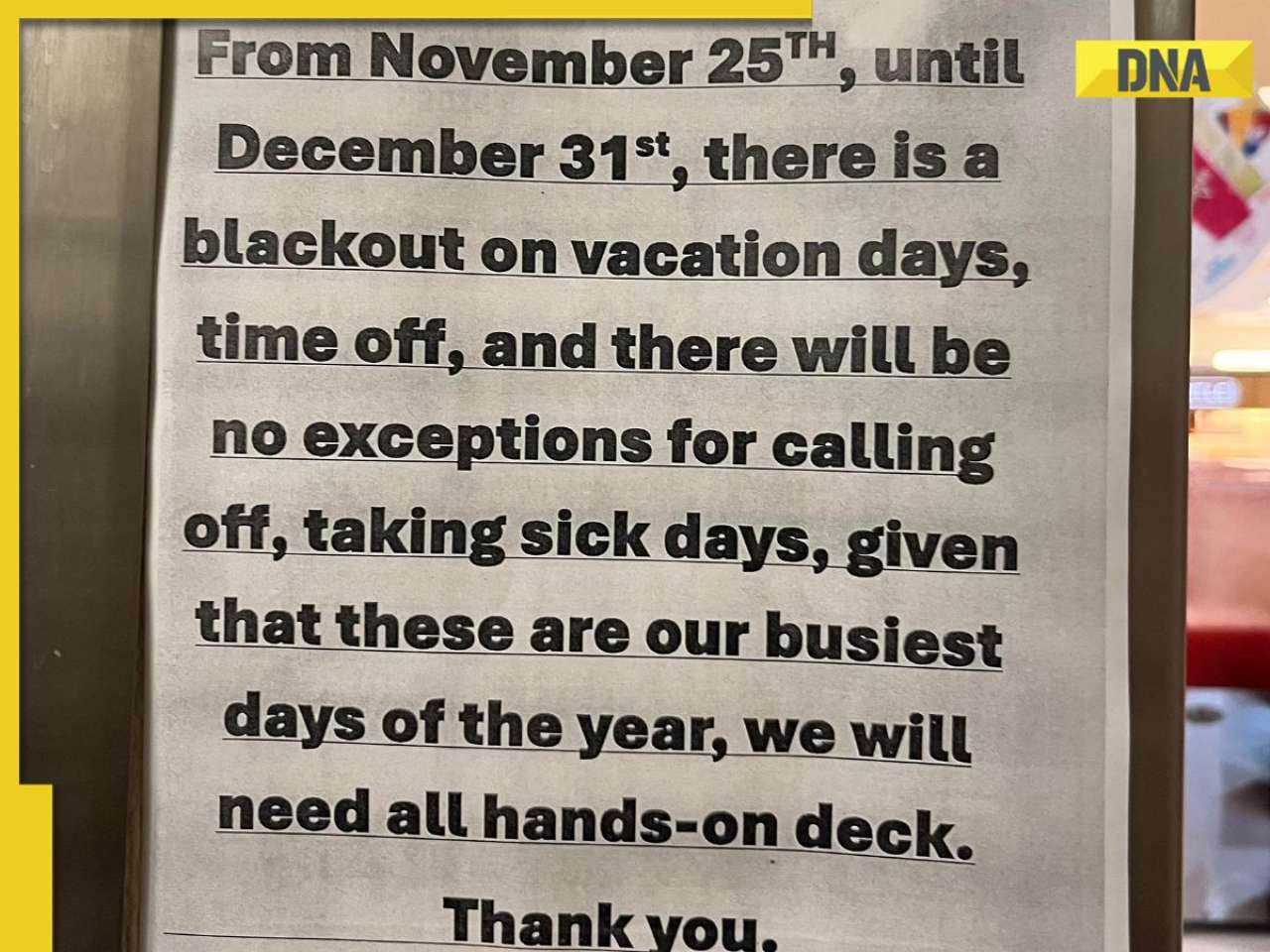- LATEST
- WEBSTORY
- TRENDING
VIRAL
Earth's 'mini-moon' to be visible today; here’s how you can watch it
The mini-moon is not visible to the naked eye since it consists of a small, dull rock. However, it can be observed using professional equipment. Viewing it with binoculars or a home telescope can also be challenging.
TRENDING NOW
Earth is set to have a second moon in the form of a small asteroid named 2024 PT5. This mini-moon will orbit the planet for approximately two months, from September 29 to November 25, before returning to its original gravitational path.
How to watch the mini-moon?
The mini-moon is not visible to the naked eye since it consists of a small, dull rock. However, it can be observed using professional equipment. Viewing it with binoculars or a home telescope can also be challenging.
Dr. Jennifer Millard, host of the Awesome Astronomy podcast, told BBC that telescopes will capture stunning images of the asteroid. “You’ll be able to see stunning pictures of this tiny dot zipping past the stars,” Millard said.
The asteroid, known as 2024 PT5, comes from the Arjuna asteroid group, known for having orbits similar to Earth’s. It was first discovered on August 7 by NASA’s Asteroid Terrestrial-Impact Last Alert System (ATLAS) and is about 33 feet wide.
"It won't complete a full revolution around Earth. Its orbit will be slightly altered by our planet before it continues on its way," Millard elaborates.
Some asteroids can come close to Earth, approaching within 2.8 million miles (4.5 million km). When an asteroid, such as 2024 PT5, travels at a relatively slow speed of about 2,200 mph (3,540 km/h), Earth's gravity can temporarily capture it. This is exactly what is set to occur this weekend.
Mini-moons have been observed before, and many more are likely to have gone unnoticed. Some asteroids make multiple visits, such as asteroid 2022 NX1, which served as a mini-moon in both 1981 and 2022.
Scientists also believe that the 2024 PT5 will make a return to Earth's orbit in 2055 again.
"This story shows just how busy our solar system is and how much remains undiscovered. This asteroid was only detected earlier this year," Millard further added.
The DNA app is now available for download on the Google Play Store. Please download the app and share your feedback with us.







)
)
)
)
)
)
)
)
)
)
)
)
)
)
)
)



























































